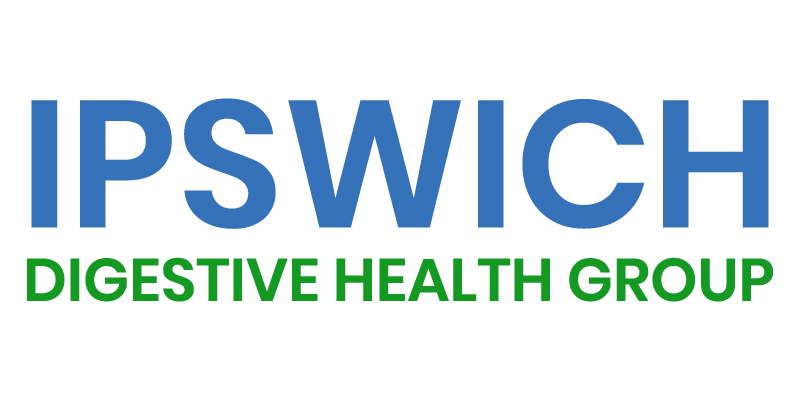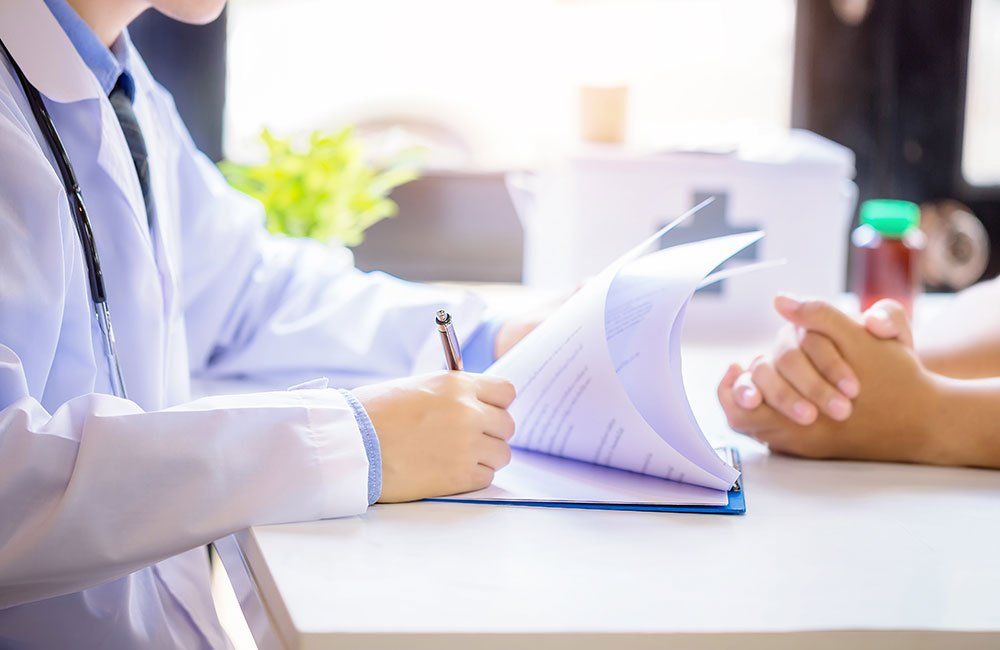Ipswich Digestive Health Group
High Resolution Oesophageal Manometry
Introduction
High Resolution Oesophageal Manometry
High Resolution Oesophageal Manometry is a test to find out whether the muscles around the oesophagus, which allow food to pass from the mouth to the stomach, are functioning correctly. This process of moving food down to the stomach is called 'peristalsis' and is a type of wave movement of muscular contractions. The test monitors how this process is working and also how the valves at the throat and the stomach ('sphincters') are functioning.
High Resolution Oesophageal Manometry
Indications
This test is used to assess and diagnosed the following conditions:
- Gastro-oesophageal reflux disease (GORD)
- Dysphagia
- Functional chest pain
- Achalasia
- Hiatus hernia
It is also often used to ensure that a pH monitoring probe is correctly positioned in the oesophagus.
Preoperative Instructions
Patients should not eat or drink anything from midnight the night before the test until the test is complete. Medications that are non-essential should not be taken before the test on the day. Patients who regularly take blood pressure and heart medications should take these on the morning of the test when waking with a little water. Patients with diabetes should take half of their usual dosage of diabetes medication on the morning of the test.
Please contact us for more information on which mediations to take and which to stop for the test.
Learn More
Procedure
The test itself involves a local anaesthetic spray to numb sensation in the nose and throat. While the patient is sitting upright a thin tube catheter is inserted via a nostril, down the throat and into the oesophagus. The patient is asked to swallow a few times which allows the tube to reach the stomach. Once it is in place, the patient lies down and the test starts. The tube has multiple sensors along its length to measure the pressure generated by the muscles while the patient is swallowing. The whole process normally takes around 45 minutes, after which the tube is removed.
Once the test is complete the patient can eat and drink, and resume any medication that had to be stopped for the test.



